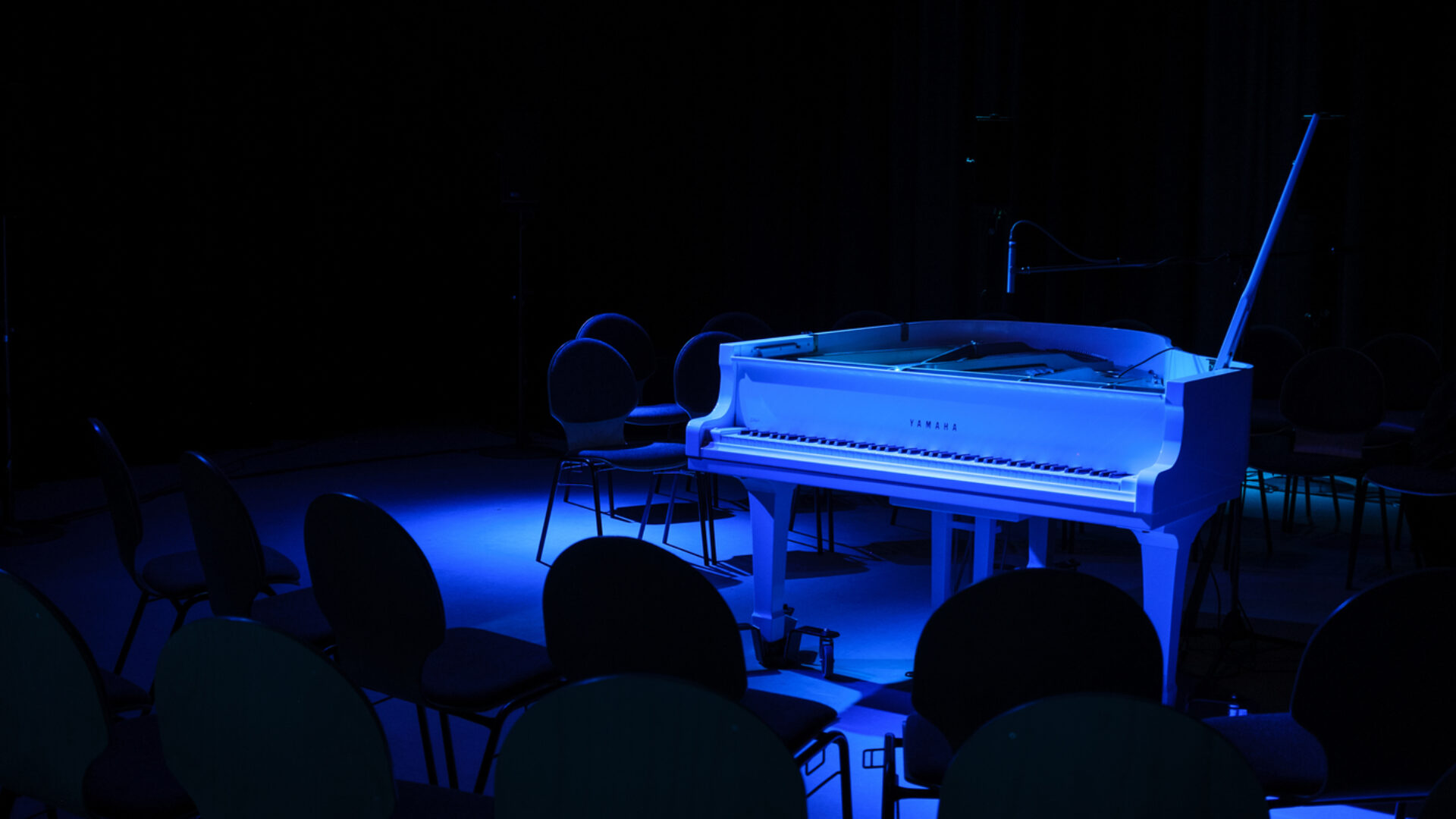These are the sketches of the fourth incubation period.
comment: The players mostly play in rhythmical unison, but each player has a freedom of choosing the actual pitch approximately. As if watching each time through a different set of glasses, the unison is slightly varied in playing techniques and drastically varied in its time proportions thanks to the ever-changing tempo indications. As a slight contrast, there are these slow, almost static moments, so the game is about not only switch between the active and passive state, but also in making these 2 extremes come closer, but never really align. Ideally the subsections should be more varied in their temporality (not always around 4 quarters per unit as shown in this mock-up). For me, the rhythmical unison keep it clear that we’re dealing with the same material, whereas all of these temporal variations contribute to different anamorphic perspectives on the same material. This excerpt could really be anywhere in the piece, perhaps somewhat less suitable for the middle section.
comment: an aftermath after an explosion – after and intense section ……
comment: In this sketch, I am trying to exemplify what I define as a process of deformation of a regular event. In the first measure, I am presenting a block of vertical, noisy verticalities and thereafter, I am deforming it by reconstructing the frequency of the glissando-like, repetitive regularity. The barycenter of this excerpt is measures 2 and 3 where I am introducing a hidden chromatic leap motion in the d bass. The sonorous, noisy irregularity – measures 2 and 3 – is solidified in measures 5 and 6 where the violoncello plays a recursive role in recapitulating an articulative and percussive, rhythmic regularity.
FORM:
A —> (d#-d-c#) —> A’
comment: The sketch suggests a transformation from a granular continuous noise texture to a fluttering texture of harmonics trills.
comment: An initial fragment is transformed by two processes of anamorphosis: one of pitch class, and another of rhythm. The original fragment includes non-retrogradable rhythms, in order to make the distortion process clearer. The pitch-class anamorphosis maintains proportion, transforming an original chord mapped unto a whole-tone scale (two octaves) into a corresponding chord mapped into a chromatic scale (one octave) and finally into a quarter-tone scale (triton).
The rhythmic anamorphosis distorts the original, for it maintains the boundaries of the whole bar. The transformations starts from an equal division of the bar (a 2/2 ratio) progressing towards a golden-mean ratio via Fibonacci.
The fragment is suitable for any point in the composition.
comment: this could be a longer section, like a light rain ….. and has the potential to become a storm
(from dynamic , from tempo, timbre and etc.)
